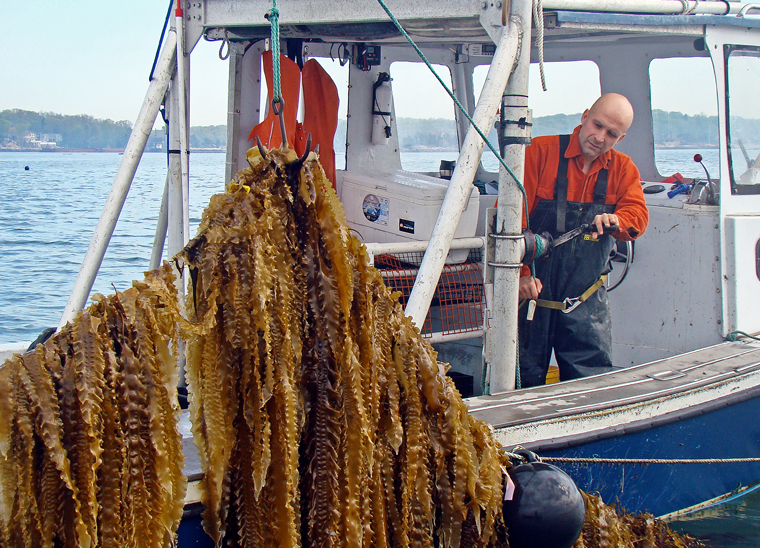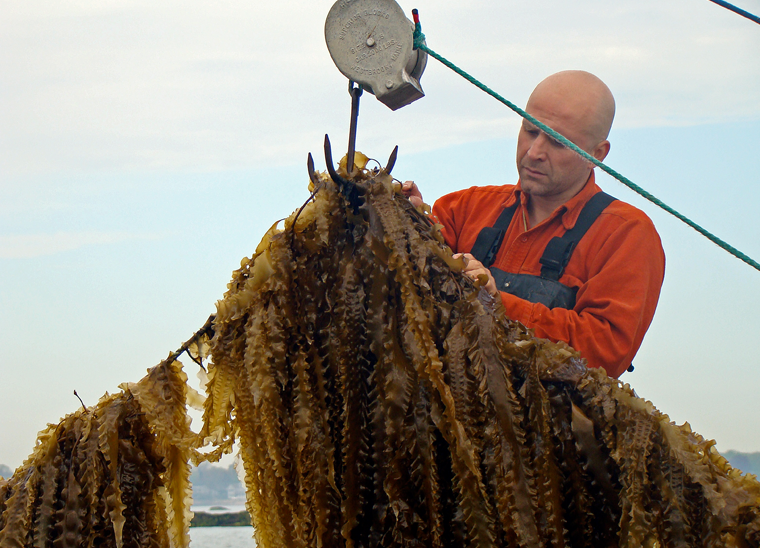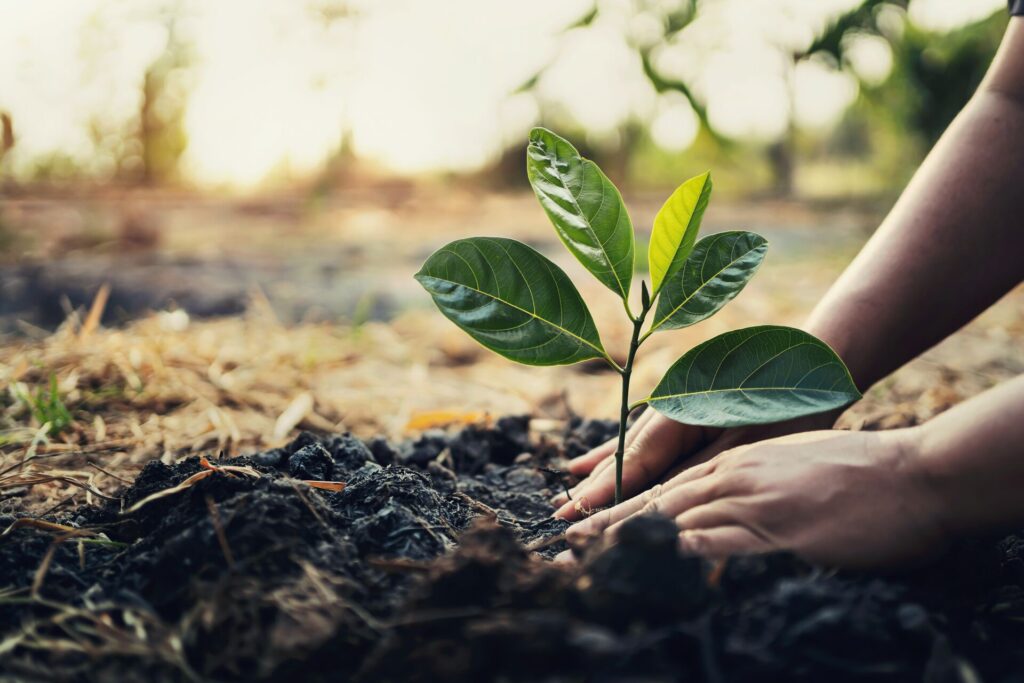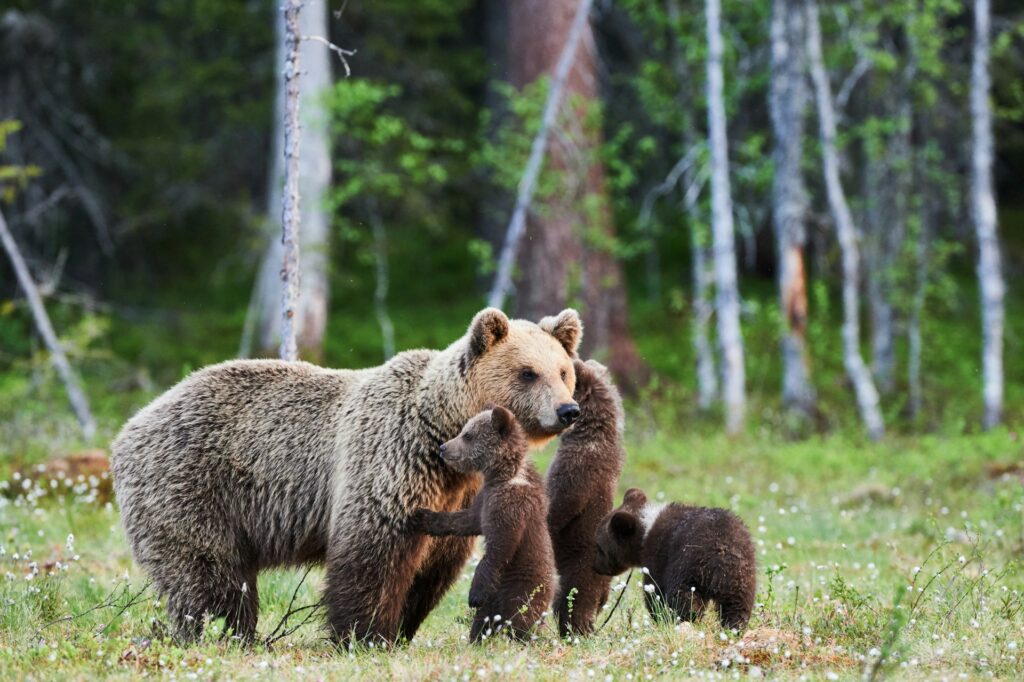In honor of World Food Day 2021, we spoke with GreenWave about the systems of sustainable food production the project creates, who they benefit, and how we can all support sustainable farming on a day-to-day basis.
An introduction to GreenWave

While there have been many attempts to increase soil’s ability to store carbon, (known as soil organic carbon), one unintended effect is the release of nitrous oxide, (N2O), a greenhouse gas that is 300 times more potent than carbon dioxide. The largest contributor of the steadily increasing N2O into our atmosphere is agriculture. Nitrous oxide is a by-product from the use of nitrogen, largely used in farming as a fertilizer.
The use of kelp as a soil additive is emerging as a tool to reduce nitrous oxide emissions and create a net climate benefit. GreenWave is a regenerative ocean farming organization studying how kelp can be added to soil to increase its carbon storage potential while decreasing harmful nitrous oxide (N2O) emissions from regenerative land farms.
By its very nature, GreenWave is tackling more than just carbon removal and demonstrating the many benefits to nature-based carbon solutions.
What does sustainable food production mean to GreenWave?
How does your organization contribute to or enhance sustainable food production?

As a nonprofit, GreenWave’s 10-year goal is to provide training, tools, and support to a baseline of 10,000 regenerative ocean farmers to catalyze the planting of 1 million acres and yield meaningful economic and climate impacts.
How can everyday citizens do their part to support sustainable food production?
– Use seaweed and shellfish-based products to fertilize your garden. Try using seaweed fertilizers to lessen the impact of your garden. Your plants will love it.
– Support GreenWave and other organizations working towards sustainable food systems and resilient coastal communities.
What are your thoughts on sustainable food production and its role in fighting the climate crisis?
The regenerative ocean farming model works to mimic the diversity of ocean reefs by growing a mix of species that act in concert to revive ecosystems. Each crop plays a vital role. For example, it takes just 0.6 kilograms of carbon to grow one kilogram of mussels — that’s an even smaller carbon footprint than lentils! Farming seaweed in less than 0.1% of the world’s oceans could sequester the carbon equivalent of 20 million cars and produce the protein equivalent of 3 trillion cheeseburgers. Leveraging the environmental benefits of seaweed and shellfish, we can turn these farms into a climate solution powerhouse and stack benefits by growing seaweed and shellfish together while growing food for local communities.
What are your thoughts on sustainable food production and its role in fighting the climate crisis?

If there’s one takeaway you want to leave your reader with, what would that be?
There is an alternative route, both for our oceans and for our economy as a whole. We can farm to restore, not deplete, while creating soul-filling jobs for millions of people, breathing life back into our oceans, and exploring the uncharted world of underwater tastes.
If you are interested to read more about the exciting work of TreadRight and GreenWave, click through and take a look at their websites.



